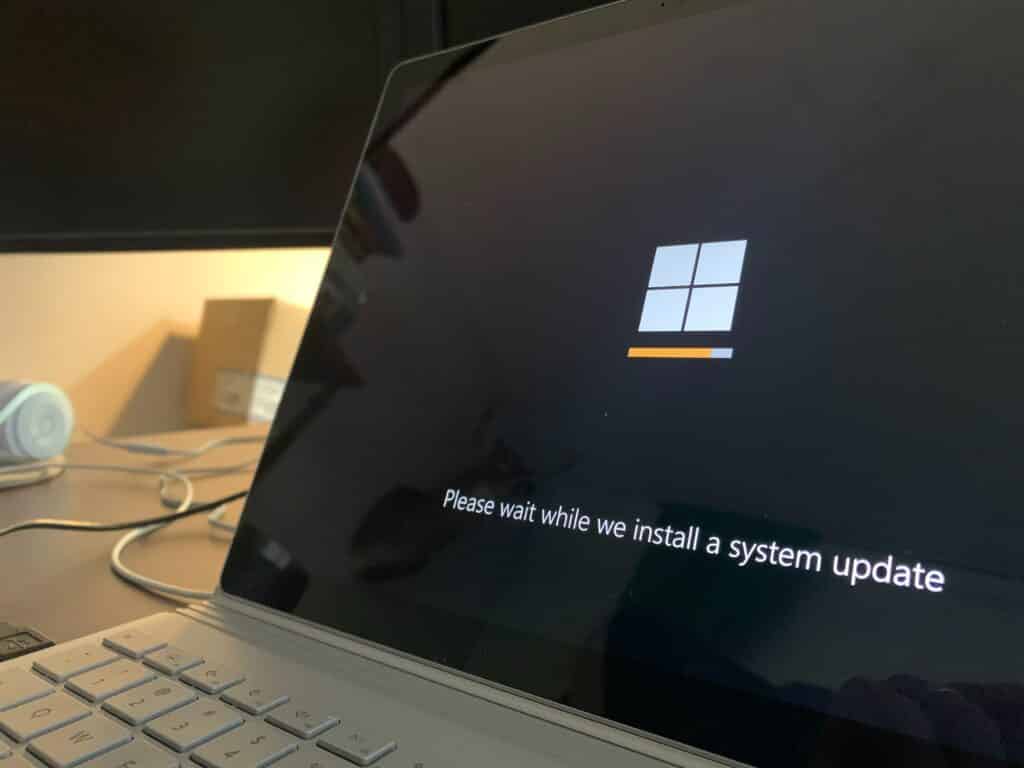Windows 11 is the newest operating system from Microsoft with some exciting new features. This article will cover how Windows 11 can help your business and what you need to know about it before you upgrade.
What is Windows 11?
When Windows 10 was released back in 2015, it changed the Windows operating system. Windows 11, which was released October 5, 2021, brings some updates to Windows 10 while keeping what made Windows 10 successful.
Windows 11 is already starting to be available for devices that use Windows 10, but that rollout will be drawn until mid-2022.
Notable Features
While Windows 10 was said to be the last great update Microsoft would release, Windows 11 has a wide range of notable features.
Update Schedule
One of the major changes with Windows 11 is how it currently does updates. With Windows 10, you are expected to have two big updates a year. The new update system will be once-a-year towards the end of June and the beginning of July every year rather than requiring users to update their entire systems multiple times a year.
Essentially, this is meant to improve overall productivity and reduce the time necessary to update devices.
Improved Look
Windows 11 is also changing the Windows 10 interface by making Windows more consistent and slimming down the Windows 10 start menu to make it simpler to look at and use.
Not only that, but Windows will be introducing a new snap layout and snap groups with Windows 11. Snap layout introduces itself as a way to help keep your desktop organized when you have two or more open windows at once.
In Windows 10, it was easy to just maximize your window in order for both of them to show up full screen rather than being able to split them evenly between each other while still being usable at the same time without having a lot of empty space on your desktop while using it. Snap group takes this one step further by originally giving you four different Windows for Windows 11 to split evenly between.
Microsoft Teams Integration
One of Windows 11 biggest new features is the integration with Microsoft Teams. This makes Windows 11 the first operating system to let you chat and videoconference directly from your Windows taskbar.
This means that no matter which Windows application you’re in, you can quickly get into a team conversation without having to switch out.
It’s important to note that this integration does not contain the full Teams service, which means features such as channels and message archives won’t be available.
Requirements for the Update
In order to opt into Windows 11, your Windows version must be Windows 10.
Any Windows 10 machine going from the Windows Anniversary Update (Version 1607) to Windows 11 will have a few new requirements in order for Windows 11 to run properly on the device:
- A processor that is 1GHz or faster with two or more cores on a compatible 64-bit processor or system on a chip (SoC).
- At least 4GB of RAM, but 8GB or more is recommended.
- A display that can run Windows 10 apps at 1,024×768 resolution or greater, which Windows 11 will automatically scale up to match your system’s native resolution.
- A graphics card that is compatible with DirectX 12 (at least D3D feature level 9_3) and has Windows Display Driver Model (WDDM) 2.0 or higher drivers; Windows 7, Windows 8.1, Windows Phone 8.1 devices are all not compatible with Windows 11 without an update coming in late 2022 for Windows 7 users and mid-2023 for Windows Phone 8.1 due to hardware limitations.
- A TPM chip version 2.0 the computer itself as well as Windows boot firmware that is UEFI and Windows boot manager present.
- A device that currently runs Windows 10 with a minimum 8-bits per color channel at a depth of 32 bits per pixel in general. Windows has been adjusting this general rule to better fit each Windows update all the way up until Windows 15 where it will change its minimum requirements to 16-bit because of hardware limitations.
Try Before You Buy
Test Base for Windows 365, an automated tool to check Windows applications for Windows compatibility, is currently in beta testing through a free Windows license.
This will enable Windows users to see which Windows applications are compatible before the update becomes more available.
It’s also a unique way of testing applications before they are “certified” compatible with Windows in order to ensure there won’t be any issues once Windows 11 officially becomes available in mid-June 2022.
Final Thoughts
Overall, Windows 11 is a Windows update that focuses on improving Windows 10 from its predecessors.
For more information about Windows 11 and Microsoft Teams, or for more information on tech news and insights, contact Tolar Systems, your go-to company for all your IT service needs.
